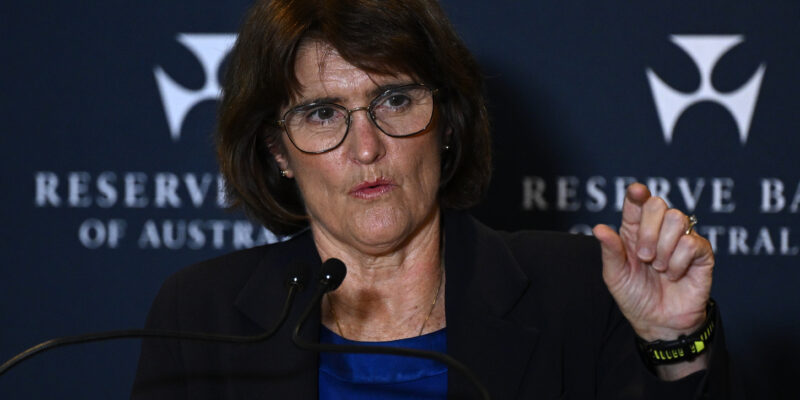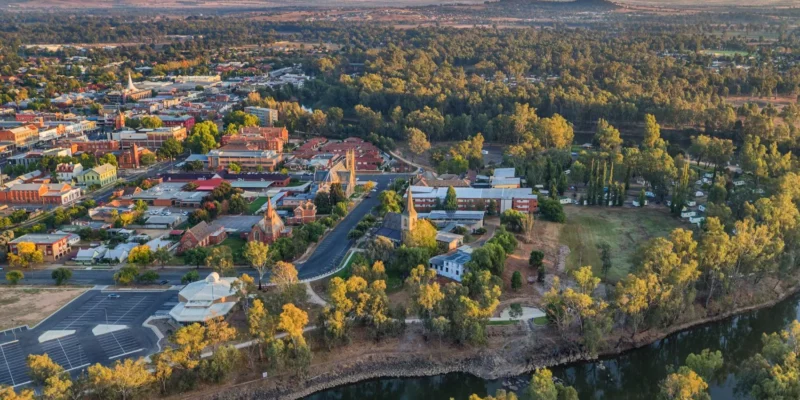Property market grows for third consecutive month
Analysts highlight a rebound in the market following February's rate cut by the Reserve Bank.

THE housing market recorded another month of price growth following February’s interest rate cut.
Ray White Chief Economist Nerida Conisbee said the national median house price rose 0.3 per cent month-on-month to $912,551, marking an annual growth rate of 5.6 per cent.
Unit prices saw an identical 0.3 per cent monthly increase, reaching $681,635 with an annual growth rate of 4.9 per cent.
“The national monthly growth rate of 0.3 per cent for both houses and units in March represents a consistent pace of growth compared to February’s 0.2 per cent,” Nerida said.
“This suggests market momentum is being maintained rather than accelerating dramatically following the interest rate cut.”
While the rate cut has played a role in shaping market conditions, Nerida said it was not the sole driver of price growth.
“The market recovery actually began in January, before the rate cut was implemented, indicating that structural factors were already exerting significant influence,” she said.
“Home buyers were also pricing in the rate cut before it was announced.”
The most significant factor driving price growth, according to Nerida, is the persistent undersupply of housing.
“The rate cut provides additional support by enhancing buyer borrowing capacity and reducing mortgage payments for existing homeowners,” she said.
“But the moderate increase in monthly growth from February to March likely reflects the combined effect of all these factors rather than monetary policy alone.”
CoreLogic’s Tim Lawless also reported that the data collector’s home index was at record highs.
“The monthly gains were broad-based with every capital city except Hobart recording a positive change, along with each of the rest-of-state regions,” Tim said.
“A changing of the guard is occurring as mid-sized capitals slow and Melbourne and Sydney move back into growth.”
“The change in values across the different price points has started to converge after lower-priced properties led the pace of growth over the past 18 months.”
“Regional markets continue to outperform the capitals, however, the growth trajectory looks to be converging as the capital city trend accelerates and the regional trend holds relatively steady.”
Among the capital cities, Perth remains the strongest performer, with annual house price growth of 14.2 per cent and unit price growth of 15.4 per cent.
Brisbane and Adelaide also posted strong results, with house prices rising 8.6 per cent and 8.8 per cent respectively, while unit prices grew by 10.9 per cent and 11.3 per cent.
Sydney saw a slight improvement, with house prices up 3.5 per cent over the year.
Melbourne remained subdued at just 0.6 per cent annual growth.
Regional markets continued to show strength, particularly in Western Australia and South Australia, where annual house price growth reached 12.9 per cent and 11 per cent respectively.
Despite economic uncertainty abroad, including rising instability in the United States, Nerida believes Australia’s housing market is well-positioned to withstand external shocks.
“The resilience of Australia’s housing market, particularly in the face of varying economic conditions, underscores how structural factors continue to dominate price movements,” she said.
For those hoping for a drop in prices, the outlook remains difficult.
“The data suggests that traditional cycles of significant ups and downs are being replaced by sustained long-term price growth,” Nerida said.




